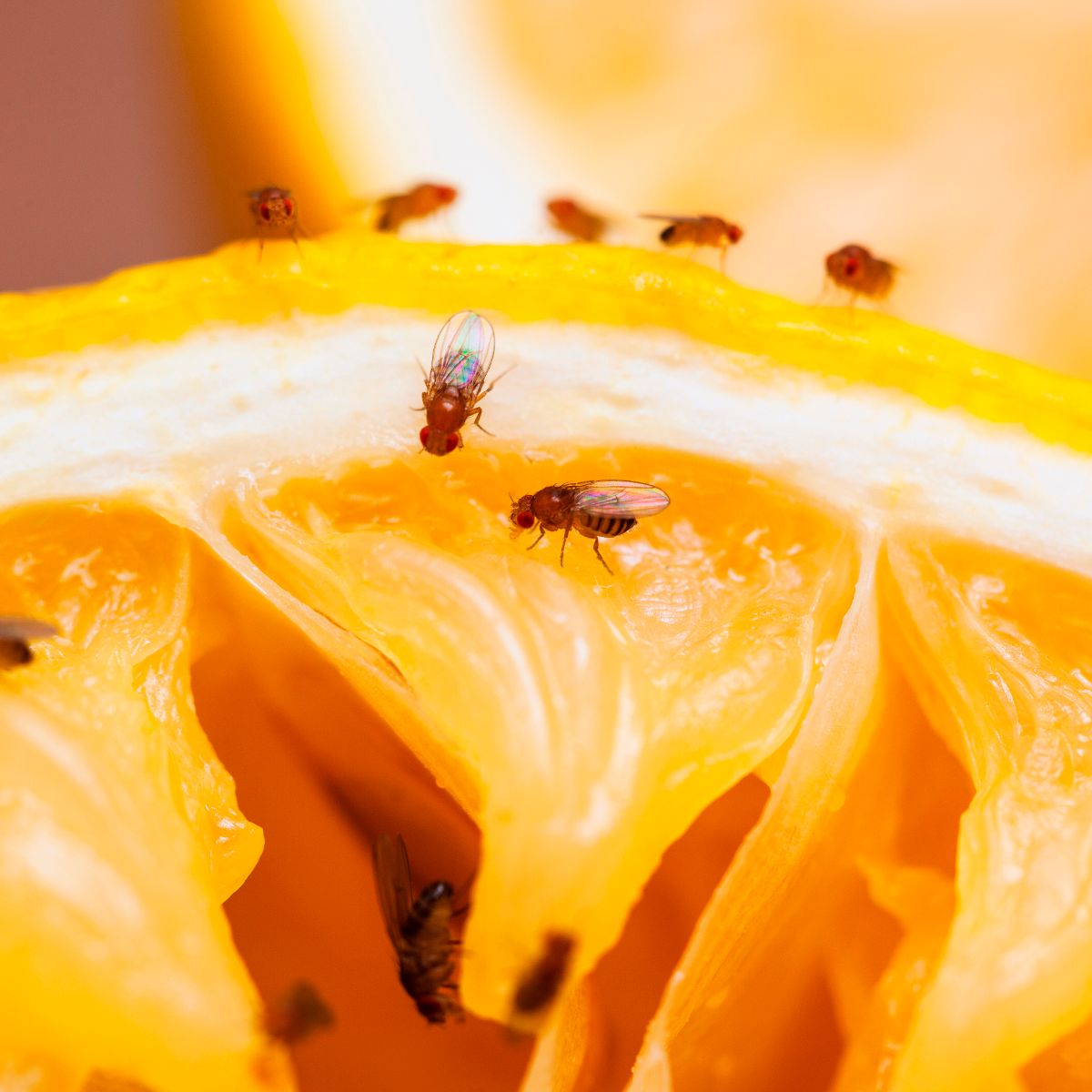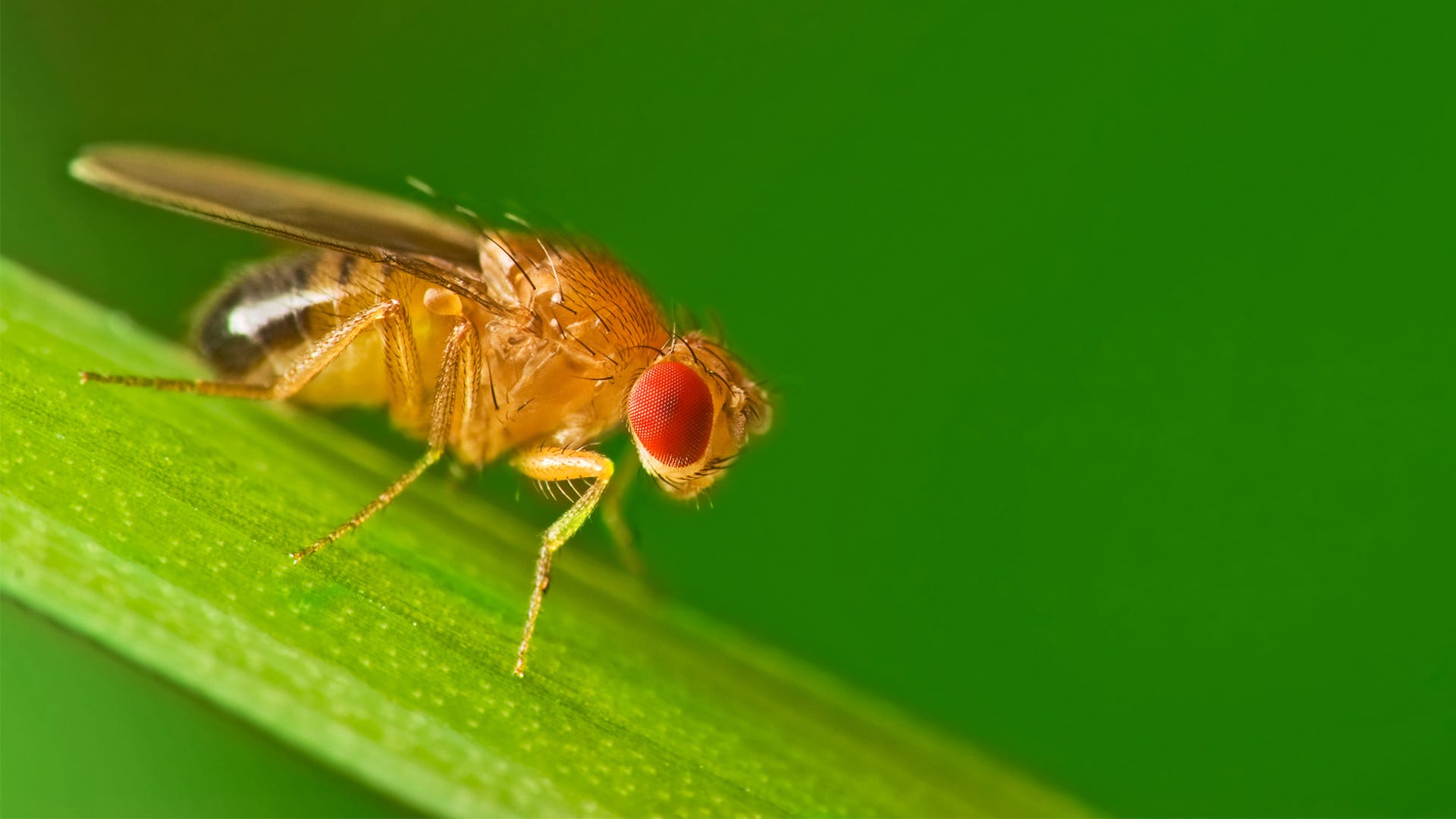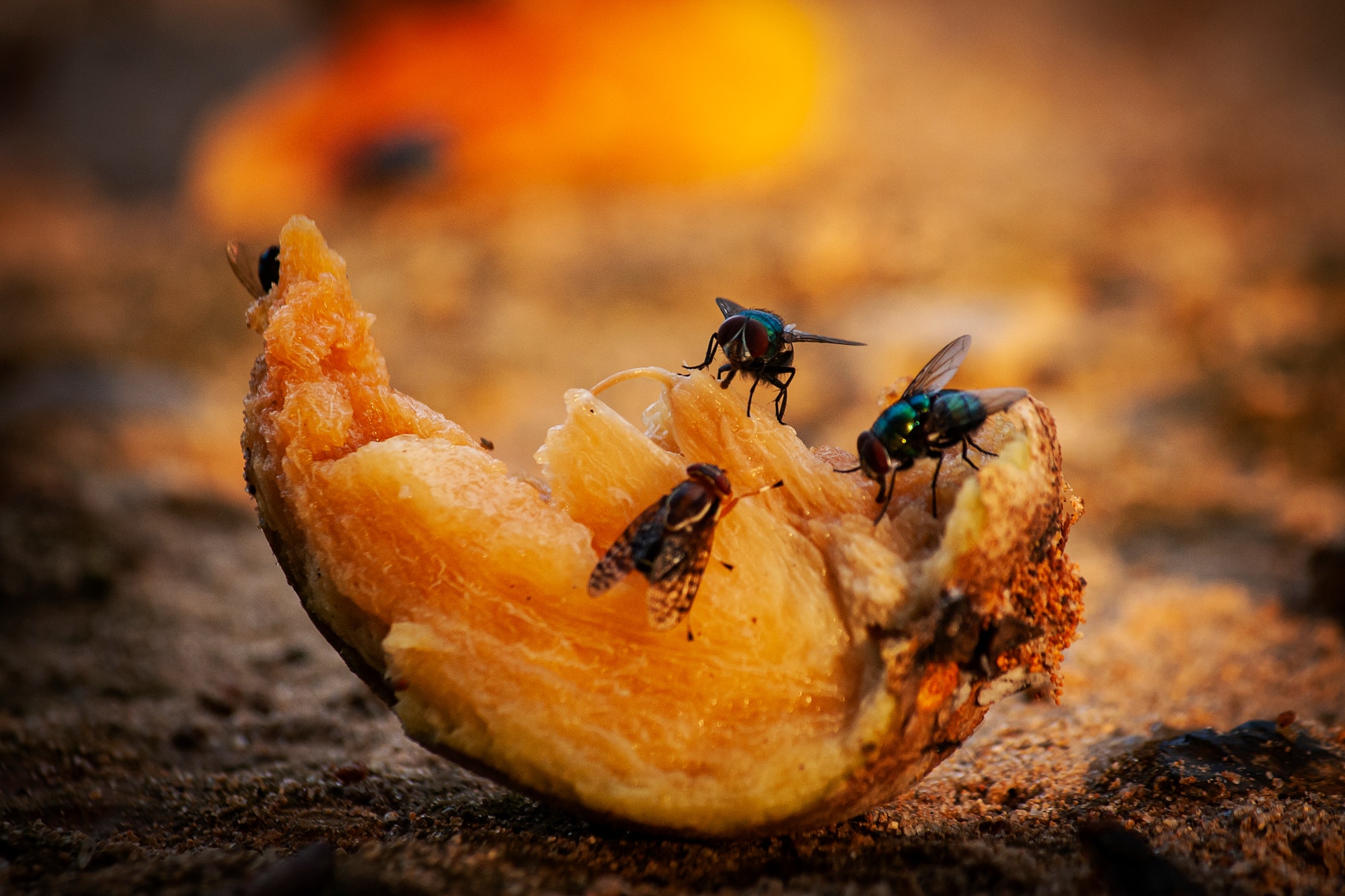Do Flies Really Vomit on Food When They Land?
Settled around a picnic table, children prepare to eat hotdogs as their parents talk nearby. If they paid attention, they would have heard a buzz, flitting back and forth and then finally stopping. But the children pay it no mind until Alex gasps and swats at their plate. It’s a fly! It had found what it thought to be a safe landing on Alex’s hot dog bun before Alex’s hand scared it away, once more in search of a more peaceful food source. As Alex goes to eat their hotdog, Taylor speaks up.
“Ew, Alex! Don’t you know that flies vomit on food when they land? Don’t eat that!”
Flies vomiting on food when they land is an oft-repeated piece of trivia, especially by children who seek to gross out their friends when flies land on their friends’ plates or arms. The thought of fly vomit anywhere near our food is disturbing. But is this fact true?

The short answer is yes, though it’s more complex than that. To really know what’s going on, we need some background on flies and their digestive systems.
First off, let’s choose a fly to focus on. “Fly” is the commonly-used name for referring to an insect of the order Diptera, which is a collection of insects which use only one pair of wings to fly. The order contains fruit flies and house flies, but also mosquitoes and tsetse flies. Given that the accusation of vomiting on food is generally made against house flies — the red-eyed hairy bugs often seen buzzing around our homes, piles of dog poop, or picnics — we will focus our attention and research on them.
The idea of a fly “vomiting” on things they land on comes from the eating process of flies. Flies have a much different digestive system from humans. One organ in this system is called the crop. It is one of the first organs a fly’s food can enter after being eaten and is used to store food before digestion (Nayduch). The liquid in the crop — which contains both salivary enzymes to help break down the fly’s food and particles from said food — can be “bubbled,” creating a droplet onto a fly’s mouthparts, or regurgitated, placing the liquid onto its food source and helping the digestion process start outside of the body (Nayduch). When a fly regurgitates its crop liquid onto their food source — Alex’s hotdog bun, for example — it also transmits any bacteria from previous meals onto the food source. It is this crop liquid that is colloquially referred to as the fly’s “vomit.”

Since house flies are opportunists when it comes to consumption and will consume anything from your grandmother’s perfectly baked pies to the moldy yogurt left out in the sun to a rotting squirrel that was hit by a car three days ago, they often are in contact with contaminated food sources which carry a variety of microorganisms. When a fly eats, the microorganisms living on its food can first be carried in the crop, as well as be transported by its legs and body.
In fact, a single adult house fly can carry up to 100 pathogenic (disease-causing) microorganisms on and inside its body and over 200 different pathogens have been seen carried by flies (Nayduch). Microorganisms can live in flies for as long as five days and some bacteria are able to replicate during their stay. There is even the opportunity for gene transfer between microbes inside of a fly, spreading antibiotic-resistant genes and potentially developing new pathogenic microbial strains (Nayduch). This makes flies and their crop liquid (along with their feces and mere existence) particularly dangerous in large amounts and in places such as hospitals and kitchens.
Thus flies do, in a way, “vomit” on their food when they land. Although the liquid kept in a fly’s crop is not exactly the same as the half-digested mix of stomach acid and poorly-made pad thai that a human might regurgitate, it is similar enough to warrant the title of vomit and is likely equally disgusting. While one fly is unlikely to make a child with a competent immune system sick, Taylor’s trivia is correct and Alex should perhaps heed her advice.
Author: Amy Hao
University of California, Santa Barbara
Sourcee
Nayduch, Dana, and Roxanne G. Burrus. “Flourishing in Filth: House Fly–Microbe Interactions Across Life History.” Annals of the Entomological Society of America, Special Collection: Filth Fly-Microbe Interactions, 110, no. 1 (2017): 6–18. https://doi.org/10.1093/aesa/saw083








